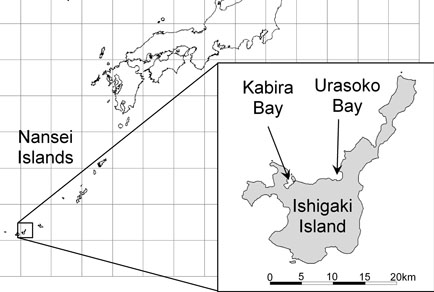Abstract
As a basis for improving our knowledge about the growth and age of the broadclub cuttlefish Sepia latimanus, we used cuttle-bones to determine the somatic size, sex and age classes of this species. We collected 663 individuals and measured their dorsal mantle length, body weight, and cuttlebone dimensions. The age classes were inferred from the relationship between the number of lamellae and the length of the cuttlebones. Sexually dimorphic growth was characterised by faster thinning and wid-ening of the cuttlebone in females than in males; no differences were found in the weight of the cuttlebone between the sexes. The gonado-somatic index was higher in females than in males. Thus, the morphology of female cuttlebone adapted to ovarian maturity. Sex discriminant equations based on cuttlebone measurements assigned 76% of the individuals to their own sexes, and the accuracy increased when the shell length was greater than 270 mm. Two distinct groups were found in the relationship between the number of lamellae and the length of the cuttlebones, suggesting that the cuttlebones of S. latimanus provide infor-mation on age classes and can assist in reconstructing the somatic size of each sex.

